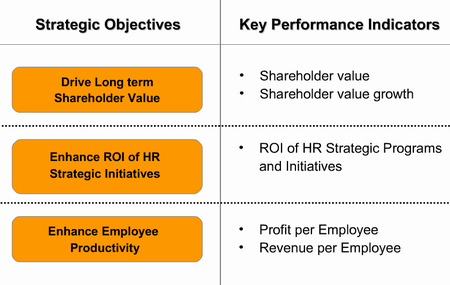What is the best way to control and measure the performance of a human resource department? There are several systems that can help fulfill this task successfully, but the balanced scorecard system is reported to be the most credible and transparent at the moment. Human resource BSC is a superb way to check how the human resource department of your company is currently doing. This system comprises a set of metrics that can help focus on those issues that seem the most critical for a particular organization. HR BSC is rightfully said to be easy to develop, use and implement, because it allows better alignment with the company’s key performance indicators.

Human resource KPIs are characterized by a number of features. To start with, they are frequently connected with the company’s corporate goals. That is why it is the top management of the organization that is responsible for choosing and developing the most critical indicators. Secondly, these metrics are quite easy to understand, which facilitates their introduction. Finally, they do not interfere with each other, but are well-balanced to ensure a smart approach to the evaluation system. The only thing the management of a company should keep in mind is that key performance indicators may lose importance and value with the lapse of time. This means that they should be reviewed and updated from time to time.

Each human resource metric involves a particular amount of indicators to be measured. In this respect, it may be helpful to analyze the most widespread and efficient metrics (those that deal with personnel recruitment, employee development, health and safety, finance etc.) and indicators they comprise. Thus, HR metrics, which are meant to measure the efficacy of the recruitment process include such KPIs as rate of employee satisfaction, percentage of the retention of new employees, job offer acceptance level, percentage of filled vacancies, recruitment source ratio, average cost of recruitment, average number of interviews, time to recruit etc.
HR metrics that pertain to employee development generally involve the percentage of workers who receive regular career advancement reviews, the amount of time an employee is in the same position, ratio of external vs. internal training, percentage of retention of new hires, level of employee satisfaction, percentage of workers who undergo training during a particular period of time, average training expenses per one employee, the number of training hours per each worker etc.
HR finance metrics, in their turn, comprise such indicators as accounting costs, accounts payable/receivable turnover, corporate credit rating, CAGR (Cumulative Annual Growth Rate), ratio of cost income, cycle time of payroll processing, amount of payable/debtor days, takeover value, indirect expenses, fixed expenses, marginal costs etc.